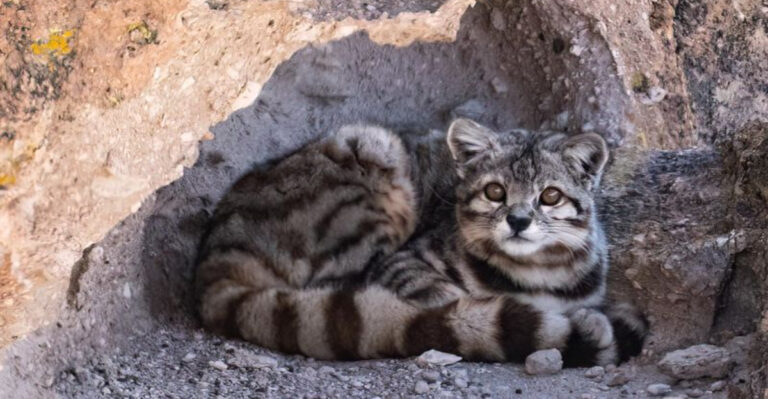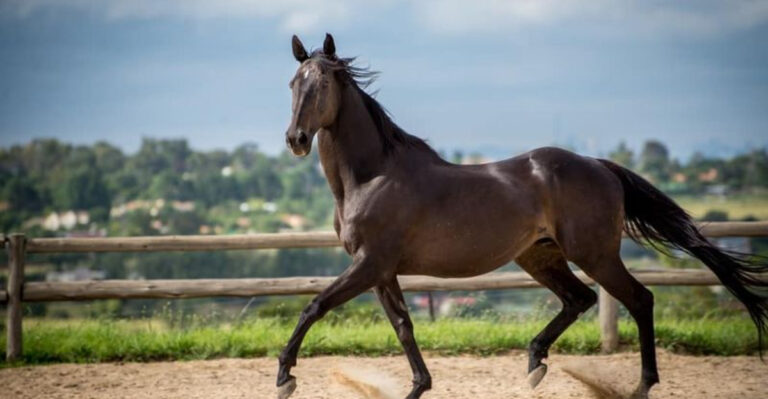15 Ways To Save The Red Wolf With Less Than 20 Remaining
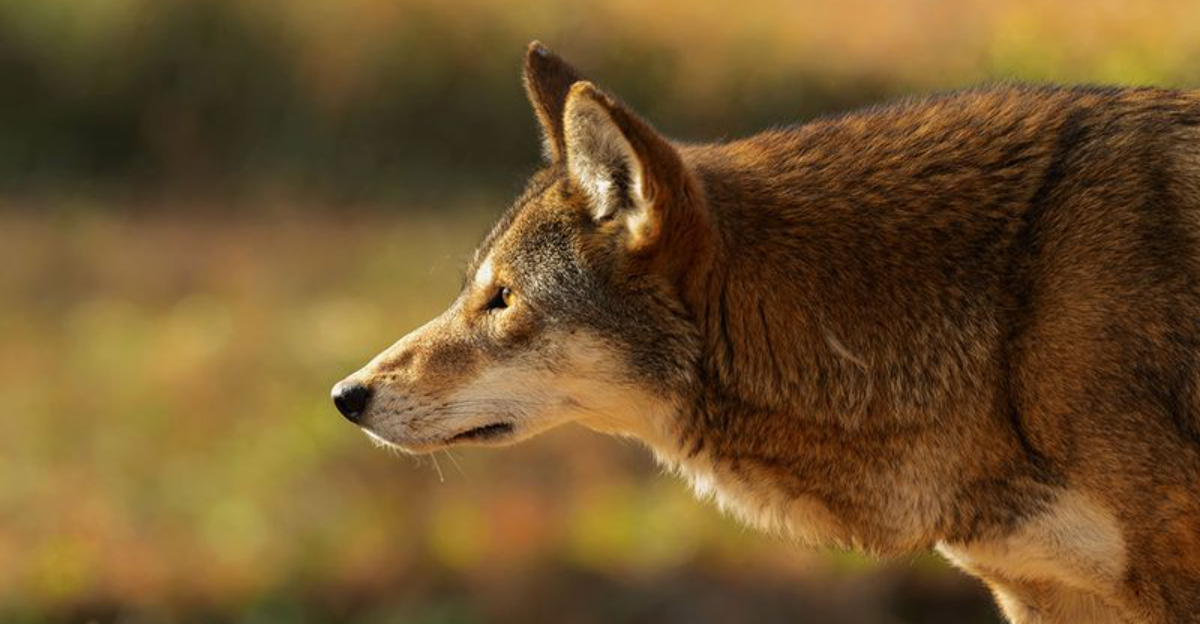
With fewer than 20 red wolves remaining in the wild, this iconic species is hanging on by a thread. But it’s not too late to make a difference!
Through targeted conservation efforts, we can help bring these magnificent creatures back from the brink. Let’s explore some practical and impactful ways we can save the red wolf and ensure its survival for generations to come.
1. Habitat Protection
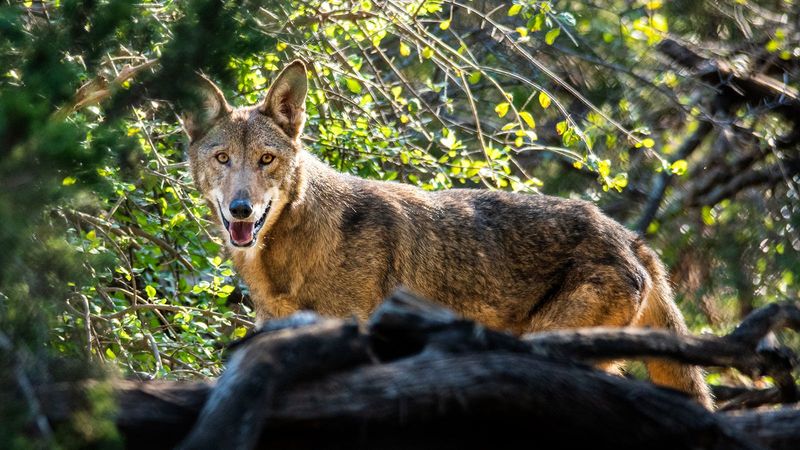
Start with the ground beneath their paws. Protecting their habitat is crucial, as it provides a safe haven for red wolves.
Preserving natural landscapes helps maintain the ecosystem’s balance. By supporting land conservation efforts, we ensure a thriving environment where red wolves can roam freely and flourish.
2. Strengthening Conservation Efforts
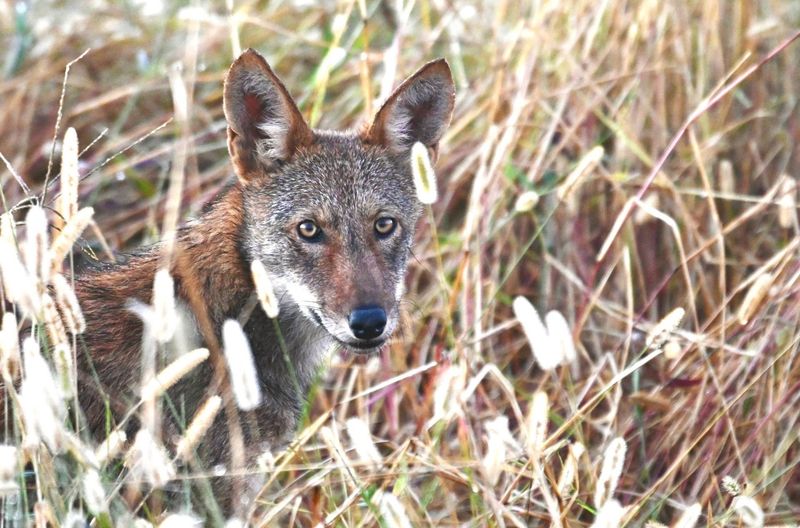
From grassroots to global, collective conservation efforts amplify the red wolf’s voice. Community-driven initiatives, combined with international support, can lead to successful outcomes.
Together, we can create a network of dedicated individuals working passionately to save this majestic species from extinction.
3. Captive Breeding Programs

Breeding programs are like matchmaking for wolves. Captive breeding ensures a future for the species, allowing for controlled growth.
These programs provide a safety net, offering a second chance for red wolves. By supporting such initiatives, we help secure a genetic reservoir for future generations.
4. Genetic Diversity Management
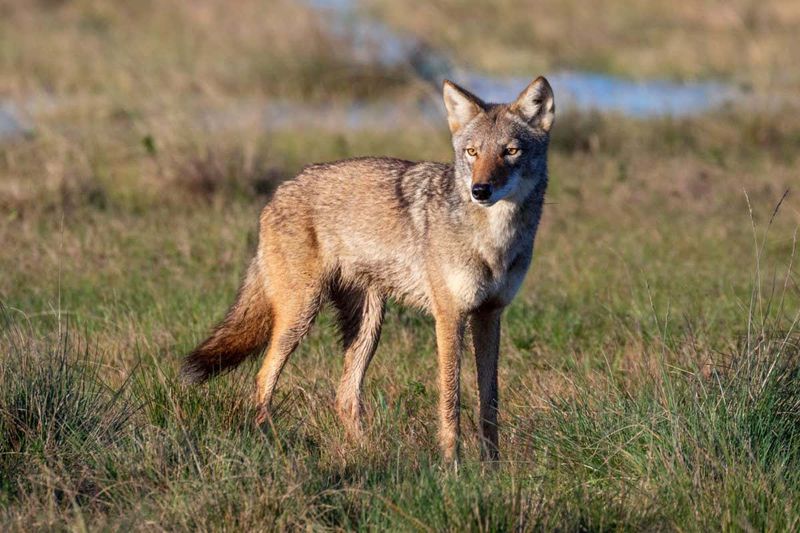
Gene pools matter more than you think. Managing genetic diversity keeps the red wolf’s lineage strong and healthy.
Scientists are working to ensure no genetic line is lost. By supporting these projects, we’re boosting the genetic resilience needed to face future challenges.
5. Anti-Poaching Initiatives

Poachers are no match for proactive protection. Anti-poaching measures safeguard red wolves from illegal hunting.
Rangers and technology work hand-in-hand to monitor and deter threats. Support for these initiatives means a safer world for red wolves to thrive without fear.
6. Legal Protection For Red Wolves
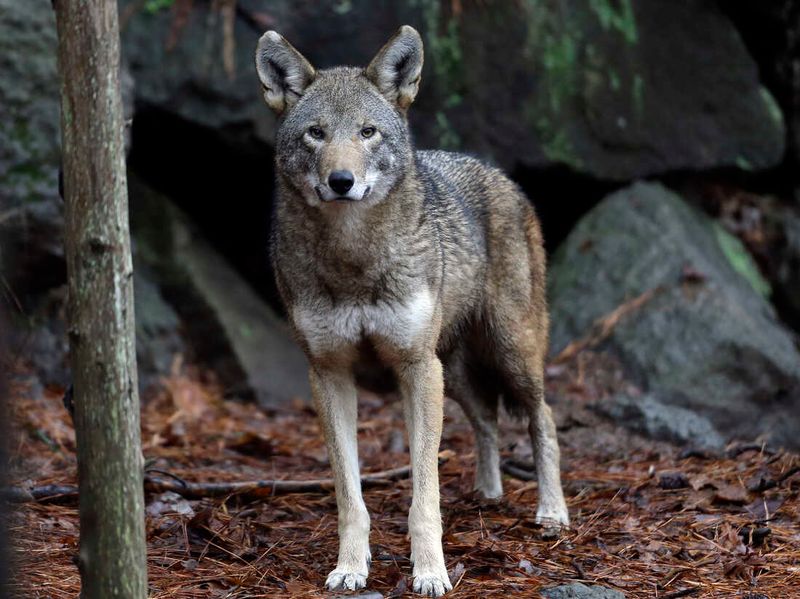
Laws are the wolves’ armor. Legal protection ensures their survival, providing strict penalties for harm.
Advocacy for stronger wildlife laws helps shield red wolves from danger. By championing legal reforms, we’re securing a future where these wolves can prosper unharmed.
7. Restoration Of Prey Populations
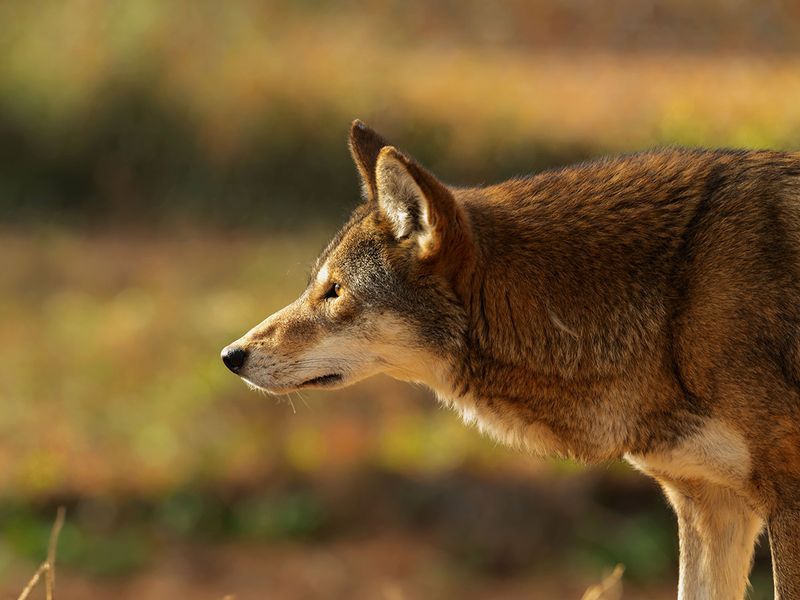
Food chains are lifelines. Restoring prey populations is vital for red wolves’ survival. Ensuring a thriving prey base provides essential nourishment.
By supporting these restoration efforts, we’re feeding the chain reaction that keeps red wolves strong and healthy.
8. Public Awareness Campaigns

Raising public awareness through campaigns spreads the word about the red wolf’s plight. Education leads to empathy, inspiring action.
By participating in or supporting these campaigns, we’re amplifying the wolves’ call for help.
9. Monitoring And Tracking Populations

Monitoring and tracking are crucial for understanding red wolves’ movements. Biologists gather valuable data to aid conservation.
Supporting these efforts means better strategies for protection and survival.
10. Community Involvement In Conservation
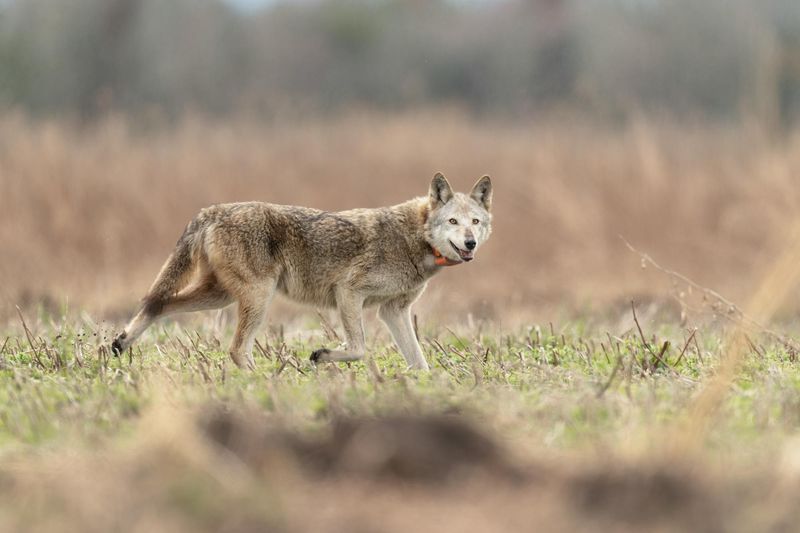
Community involvement in conservation efforts creates a support system for red wolves. Engaging locals leads to sustainable solutions.
By fostering community-driven conservation, we’re building a network of passionate defenders.
11. Red Wolf Reintroduction Efforts
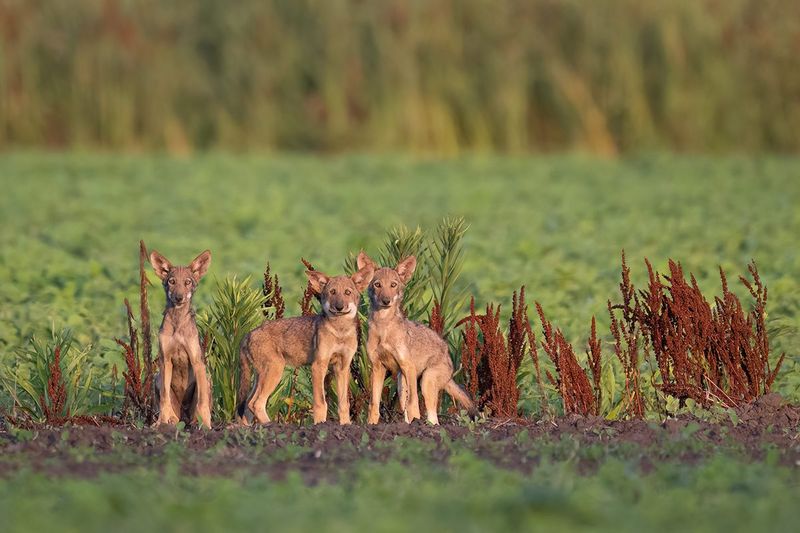
Reintroduction efforts give red wolves a chance to reclaim their natural habitat. Carefully planned releases are essential for successful integration.
By supporting these efforts, we’re bringing red wolves back to where they belong.
12. Support For Wildlife Corridors
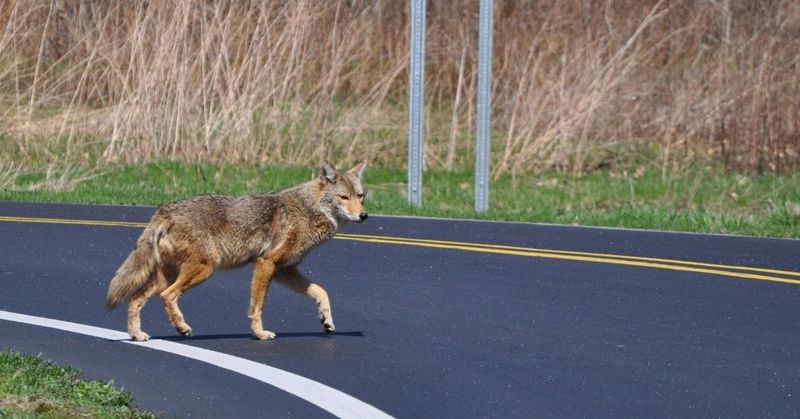
Wildlife corridors connect fragmented habitats, allowing red wolves to roam freely. These pathways are crucial for genetic diversity and population stability.
Supporting corridor development aids the natural movement of red wolves, ensuring their future.
13. Collaboration With Local Farmers
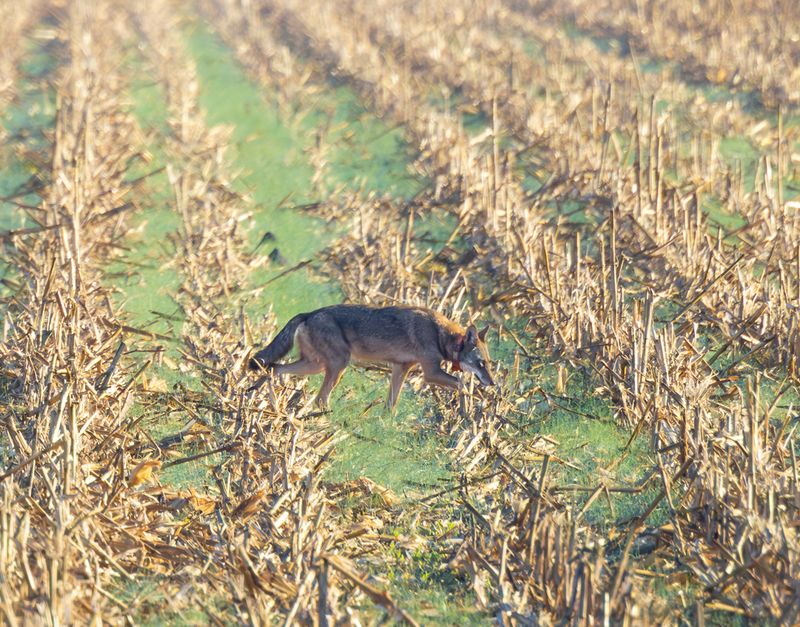
Farmers and wolves, unlikely allies. Collaboration with local farmers promotes coexistence, reducing conflicts.
Implementing wolf-friendly farming practices benefits both parties. Supporting these collaborations fosters harmony and understanding.
14. Scientific Research And Education
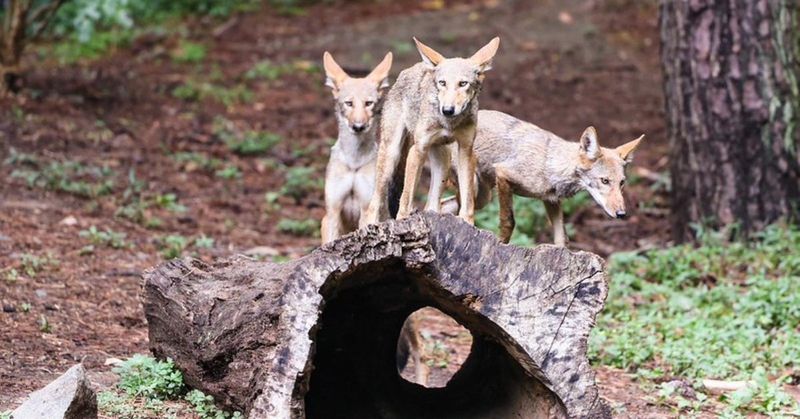
Scientific research and education provide insights into red wolf biology and conservation strategies. By supporting educational programs, we’re nurturing the next generation of conservationists ready to take action.
Empowering communities with knowledge and understanding can significantly contribute to the survival and recovery of the red wolf.
15. Reducing Human-Wildlife Conflict
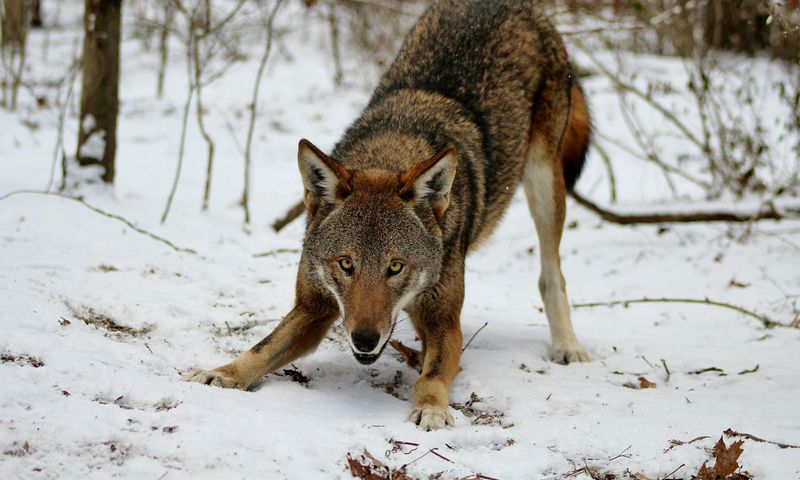
Reducing human-wildlife conflict ensures a peaceful coexistence. Implementing measures like secure livestock enclosures helps minimize tensions.
Supporting these initiatives creates a safer environment for red wolves and humans alike.




